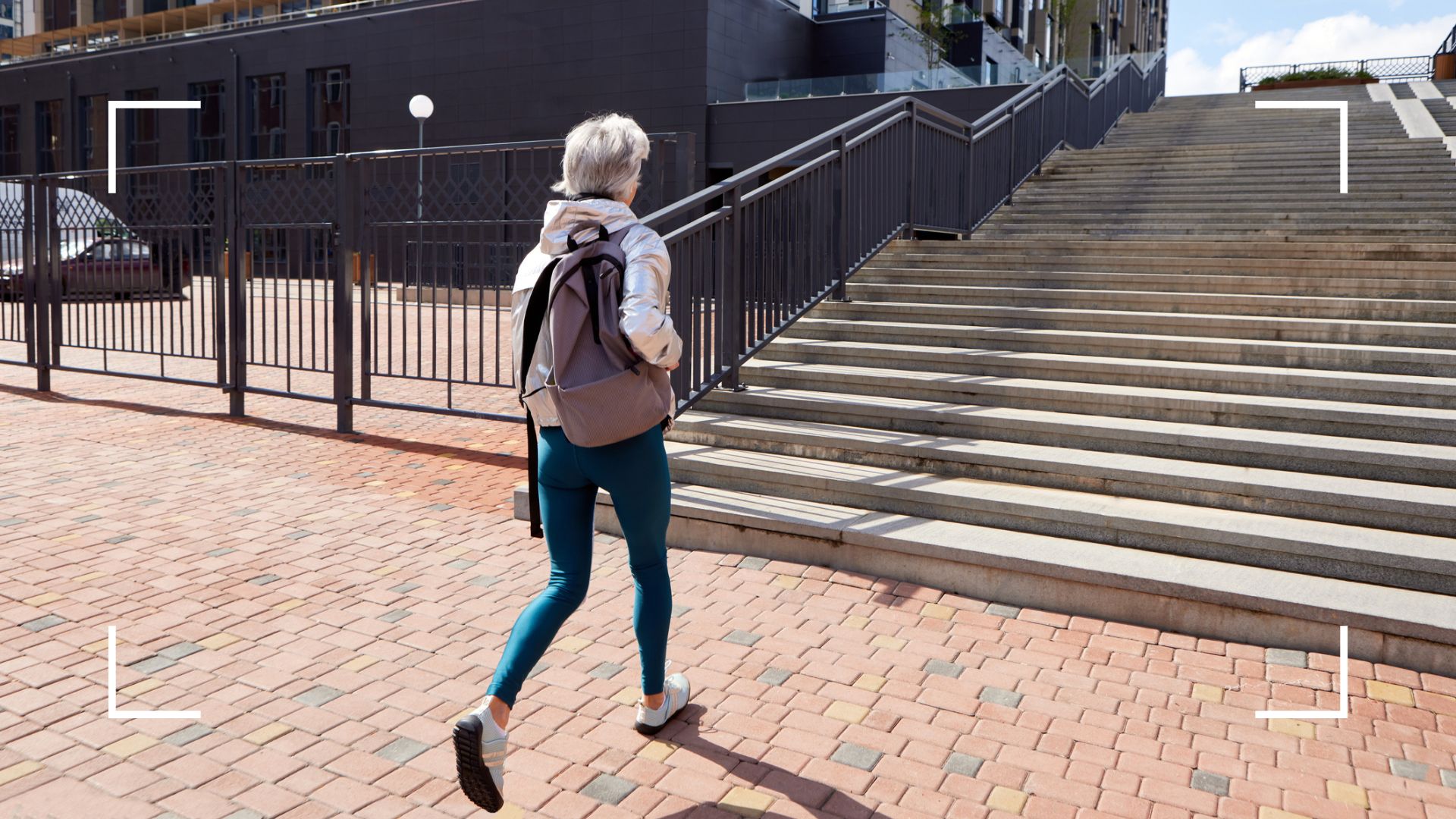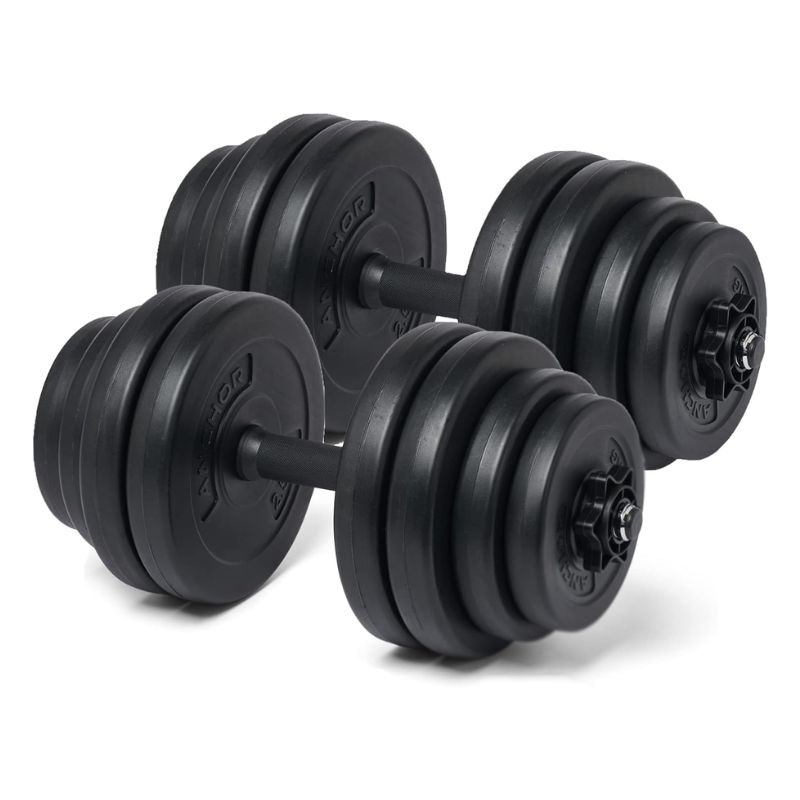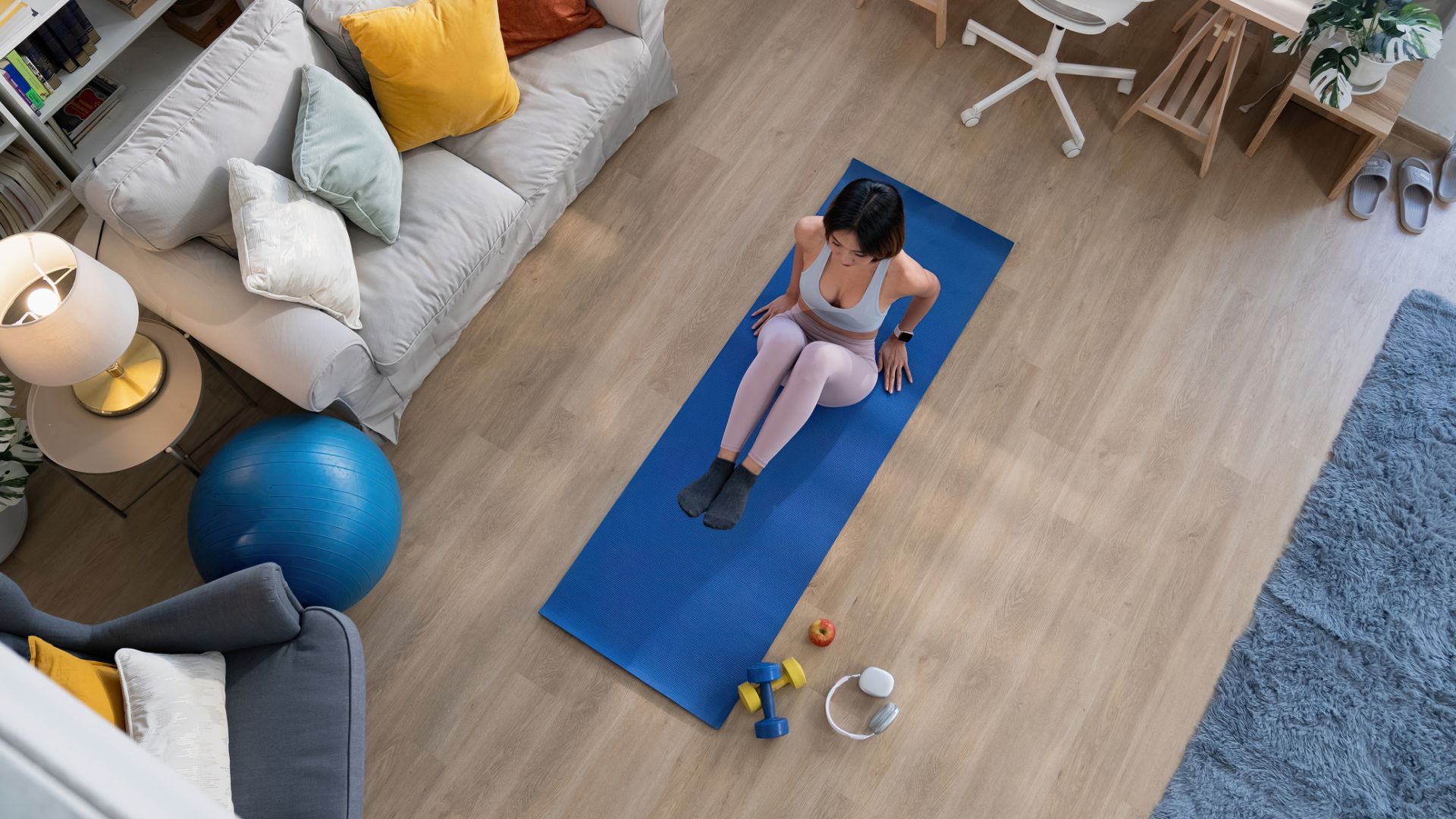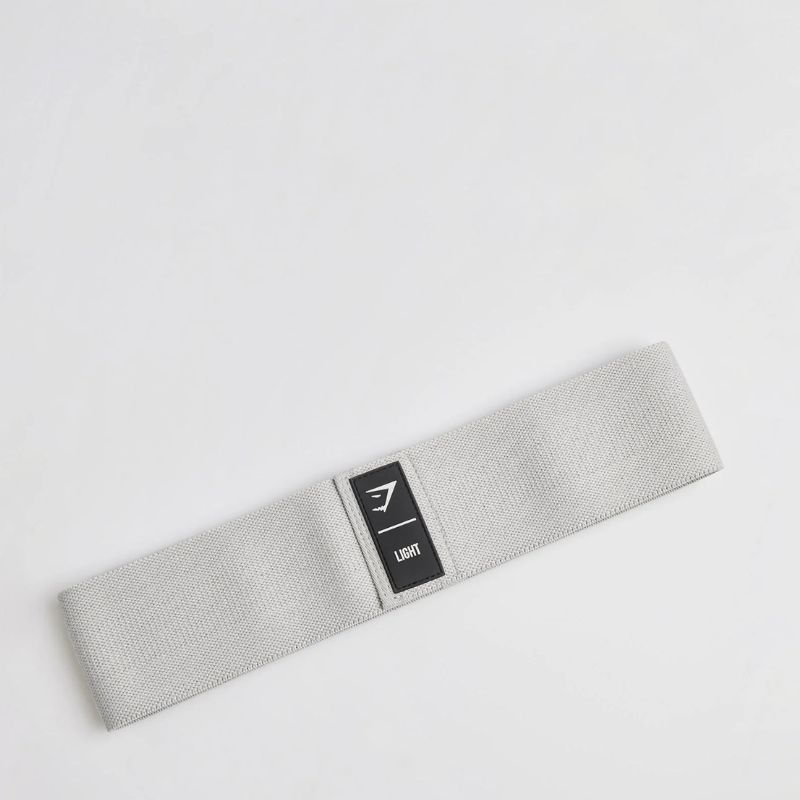These 10-minute exercise snacking ideas are perfect for short, effective workouts
Exercise snacking can help you fit a workout in, whatever your schedule. Here, a personal trainer reveals how to make it work for you


If you're short on time and motivation to work out, exercise snacking may be for you. All you need is a few minutes throughout the day to make the most of this expert-approved fitness trend.
Exercise snacking uses bite-sized bouts of exercise throughout the day, anything from walking up the stairs to a quick 10-minute workout with a pair of the best dumbbells or resistance bands, to accumulate minutes. By the end of the day, you may have spent at least 30 minutes exercising. Per advice from the NHS and other health bodies, we all need to do at least 150 minutes of moderate exercise a week. Exercise snacking can help even the most time-poor individuals reach that number in just five days.
It's not a way to get out of working hard though. Though these may be simple exercises in theory, you'll only feel the benefits if you work hard during the allotted minutes. To reveal what exercise snacking is all about and how it works to build fitness, we delve into the research and speak to a certified personal trainer.
What is exercise snacking?
Exercise snacking refers to short and intense bursts of physical activity that can be easily incorporated into daily routines, says certified personal trainer Amanda Place. "The brief exercise sessions are typically less than 10 minutes and can be done multiple times throughout the day, with the goal being to accumulate the short bursts so that, when combined, they contribute to better overall health and fitness," she explains.
You can 'snack' on exercise in various ways, from taking the stairs between meetings at work instead of the lift to setting aside a minute every hour to do star jumps. The great thing about this trend is that it's not about one particular form of exercise for any set time. Whether you prefer yoga mat workouts or walking as a workout, exercise snacking can work for you.
But does it work? "Yes, exercise snacking can be an excellent strategy for fitting physical activity into a busy routine," says Place, who is also the founder of Sculptrition. "Many of us face time constraints due to work, family, or other commitments, making it challenging to find extended periods for traditional workouts. Exercise snacking allows individuals to break up their activity into shorter, more manageable sessions throughout the day."

Award-winning personal trainer Amanda Place is the founder of Sculptrition, a platform that helps you quit fad diets, find balance and create a healthy lifestyle. She specialises in health and fitness coaching for high-achieving women, helping them transform their body and mind, improve their health and become the best versions of themselves.
10-minute exercise snacking examples
1. Taking the stairs
This one's simple. If you work in an office with a staircase, walking up and down whenever you have to move from your desk will provide a good 30 minutes of exercise throughout the day if you commit to the challenge. You'll only have to work hard for a few minutes at a time, making it the perfect exercise snack for improving your cardiovascular health, and you won't have to take any extra time out of your daily schedule.
Sign up to our free daily email for the latest royal and entertainment news, interesting opinion, expert advice on styling and beauty trends, and no-nonsense guides to the health and wellness questions you want answered.
Climbing the stairs targets the largest muscles in the lower body, including the quadriceps (thigh muscles), glutes (buttocks), and hamstrings (muscles at the back of the thigh). There's even research from the University of Basel to suggest that taking the stairs can help improve your balance as well.

2. Short circuit of bodyweight exercises
Working from home? Using your body weight - and adding in some weights with dumbbells, resistance bells, or kettlebells as you progress - complete a round of strength training exercises for beginners.
One round of the circuit should take about 10 minutes with 30 seconds of rest between exercises, so complete this three times a day and you've hit your quota. Just be sure to lightly warm up before you start each round with some dynamic stretches. For example, you could try one of the yoga stretches for beginners, moving through the poses, or down one of the best stretching apps for more ideas.
- Squats: Stand with your feet shoulder-width apart, toes slightly out, chest up and core tight. Bend your knees and squat down as if you were about to sit on a chair, making sure to push your knees out in the direction of your toes as you do. Push through your heels to come back up.
- Kneeling push-ups: Position yourself on the floor in a plank position, with your knees on the floor and hands outstretched directly below your shoulders. Slowly bend at the elbow and lower yourself until your chin grazes the floor, then push yourself back up to the start.
- Lunges: Standing up with legs shoulder-width apart, take a step forward with one foot. Drop the knee of the back leg down to the floor and drive your front knee forward to close the gap. Your front knee should be at a right angle to the floor with your back leg's knee on the ground.
- Shoulder press: Pick up some light weights for this one. Raise your arms above your head and drop your elbows to a 45-degree angle to your body. Your elbows should be pointing to the corners of the room, not directly out to the side. Raise and lower your arms from this position to straight above your head.

Adjustable dumbbells are a must-have if you work out at home and you're looking to improve your fitness. Start on a lower weight and increase it as you progress, without needing to buy a whole new set. This pair will also save you space as there's no rack or box needed to hold them.
3. Going on a brisk 10-minute walk
Taking a brisk 10-minute walk three times a day also counts as a decent exercise snack. To reap the benefits, you'll need to move at least 4mph. If you have one of the best fitness trackers like an Apple Watch or Fitbit, the way to best measure this is by pace - at least 8:34.
If you choose powerwalking or a light jog over a mat workout, the research suggests you don't even need to do 30 minutes of exercise a day. A new study, from the Artic University of Norway, suggests that just 22 minutes of brisk exercise a day can offset the risks of sitting down all day. Heavy cleaning, such as washing windows or mopping, cycling at a speed of at least 10mph, or badminton also counts.
4. Jumping jacks or mountain climbers
Jumping jacks or mountain climbers combine high-intensity cardio exercise with weight-bearing exercise. They are perfect for at-home workouts and a quick 30-second burst at at a time with a 15-second rest is all you need to reap the benefits.
Most of us will remember jumping jacks from school P.E lessons - but in case you need a reminder:
- Stand with your feet together, arms down by your sides.
- All at the same time, slightly bend your knees quickly, lifting your feet out to your sides, and swinging your arms out to either side just above your head.
- When you land on the ground, go back to the starting position and repeat the movement.
Mountain climbers are one of the best core exercises to do at home. They work the upper back, shoulders, and quadriceps, so make for a perfect full-body workout move. You can do them without any equipment at all or a set of fitness gliders if you're worried about the downstairs neighbours.
Here's how to do a mountain climber right:
- Get down into a plank position with your feet wide and hands shoulder-width apart, distributing your weight evenly between your upper and lower body.
- Bring your knee into your chest as far as you can, leaving the other one out straight to support yourself.
- Switch your legs, pushing the bent knee out straight and bringing the straight leg into your chest.
- Make sure you keep your hips down as you move - bringing them up will take tension out of the movement.
MUNSKT 2 Pcs Core Sliders: £6.99 on Amazon
Sliders are one of the best fitness accessories for at-home workouts. These discs go under your feet so you can do mountain climbers without lifting your feet from the floor - perfect if you need to be quiet while snacking.
5. Walk-run intervals
Interval training for a whole session requires a strong level of fitness - but doing it for just 10-minutes over one full day can help you get to that level.
Walk for one to two minutes either outside or on a treadmill then walk or jog for 30 seconds, alternating between the two.
Benefits of exercise snacking
1. Exercise snacking may be as good as a single session
Not only is exercise snacking suited for anyone, but those who don't have the time for a singular one-hour session a few days a week may be able to reap the same benefits as those who do.
As a study from the University of British Columbia reveals, both exercise snacking and single sessions can improve cardio fitness. The study looked at whether 'sprint snacks' of short bursts of indoor cycling spread across the day could match the results of those who did the sprints in one session.
One group did three sprints, broken up by two minutes of rest each time over 10 minutes, while the other did the sprints over one day. In the end, researchers concluded that the improvement results were similar in both groups.
Another study, published in 2019 by McMaster University, had participants exercise by quickly climbing and going down three flights of stairs three times a day. Once in the morning, once at lunchtime, and once in the afternoon. Otherwise, they did little to no purposeful exercise. After six weeks, researchers found participants had much better levels of aerobic fitness and leg strength.
2. It can help improve your metabolic health
Metabolic health is the catch-all name for a range of health metrics, including blood sugar levels, waist circumference, blood pressure, and cholesterol levels, all of which are essential for warding off disease and staying healthy throughout life.
"Exercise snacking can positively impact metabolic health by enhancing insulin sensitivity and glucose regulation," says Place. "Short bursts of physical activity help control blood sugar levels, which is beneficial for individuals at risk of or managing conditions like diabetes as well."
3. Exercise snacking can make you feel more alert during the day
If you wake up feeling tired or find the 3pm slump hits you hard, someone has probably recommended exercise in the morning. Exercise snacking is better than an early workout class or jog though, says Place.
"Engaging in brief periods of exercise can lead to an increase in energy levels and alertness. This is especially helpful during a busy day when fatigue or a mid-day slump may occur," she says. "Physical activity also stimulates the release of dopamine and endorphins, contributing to improved mood and cognitive function."

4. It can help you get stronger
As we age, our muscle and bone mass naturally starts to decline. While a good dumbell workout for beginners is a great way to get started with strength training, slotting in a couple of exercise snacks throughout the day can help to prevent this, a study by the University of Bath found.
Looking at those over 65 years old, the research found that those who took up a routine of five minutes of simple bodyweight movements twice a day (aka exercise snacking) over four weeks had significant improvements in muscle mass and strength.
This type of exercise is also more sustainable than trying to commit to a complete lifestyle change and a regimented strength training routine overnight.
5. Exercise snacking can help you lose weight
While individual exercise snacks may not burn a significant number of calories, the cumulative effect of incorporating them into your routine can contribute to overall caloric expenditure, says Place. "This, in turn, can support weight management or weight loss goals." So, if you're looking to learn how to lose weight without exercise, this type of movement may be right up your street.
"Breaking up sedentary periods with short bouts of activity can help prevent excessive calorie storage throughout the day," she adds.

Grace Walsh is woman&home's Health Channel Editor, working across the areas of fitness, nutrition, sleep, mental health, relationships, and sex. She is also a qualified fitness instructor. In 2025, she will be taking on her third marathon in Brighton, completing her first ultra marathon, and qualifying as a certified personal trainer and nutrition coach.
A digital journalist with over seven years experience as a writer and editor for UK publications, Grace has covered (almost) everything in the world of health and wellbeing with bylines in Cosmopolitan, Red, The i Paper, GoodtoKnow, and more.


